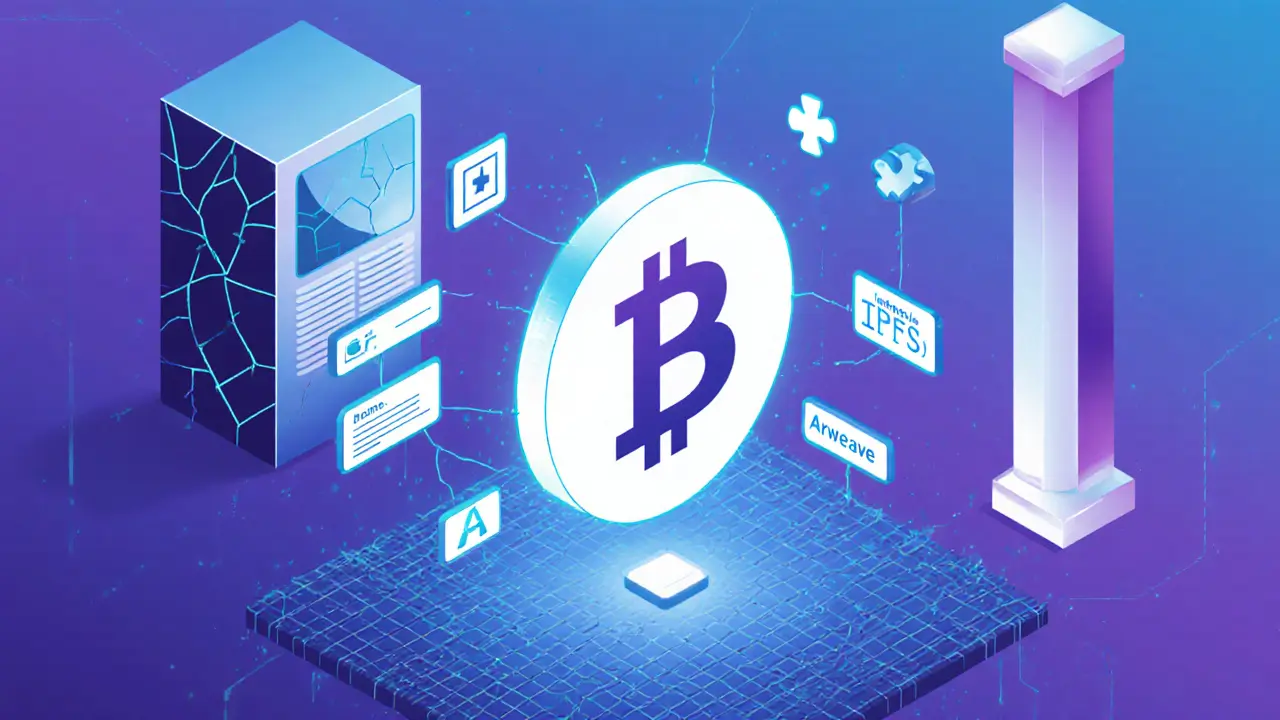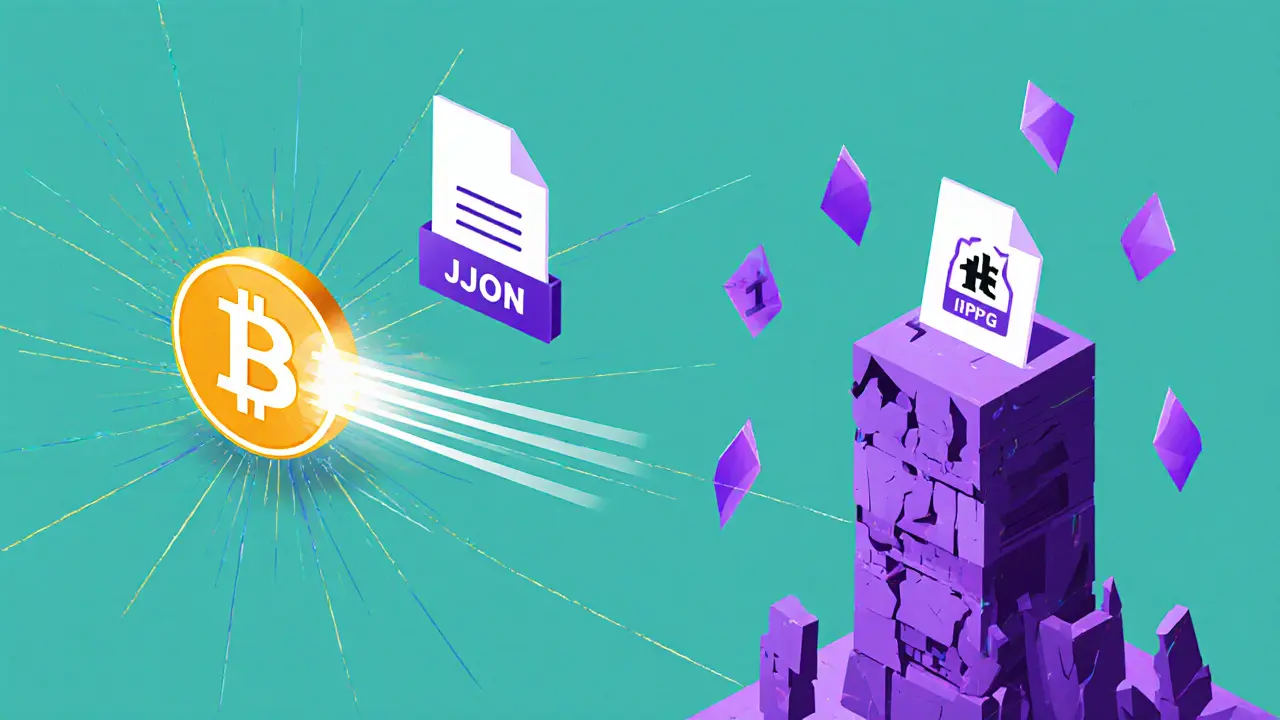NFT Metadata: What It Is, Why It Matters, and What You're Really Buying
When you buy an NFT, you’re not buying the image or file you see—you’re buying a NFT metadata, the digital file that describes what the NFT represents, including its name, description, and links to the actual asset. Also known as NFT attributes, it’s the instruction manual that tells the blockchain what your token stands for. Without it, your NFT is just a string of numbers with no meaning. Most people think they own a JPEG, but they only own a link to one—often hosted on a server that could vanish tomorrow.
The NFT smart contract, the code on the blockchain that creates and manages the NFT points to the metadata, usually stored off-chain on services like IPFS or centralized servers. If that server goes down, your NFT becomes a ghost. Many NFTs you see today rely on unstable storage, which is why some look broken or show up as blank images. The NFT digital assets, the actual images, videos, or audio files linked by the metadata aren’t on the blockchain—they’re too big. That’s why your Bored Ape isn’t stored on Ethereum; it’s stored on a server, and the NFT just holds the address.
Some NFTs include extra data inside the metadata—traits like fur color, hat type, or background shade. These are used by marketplaces to sort and display your NFT. But here’s the catch: those traits aren’t guaranteed to stay useful. If the project team disappears, those traits become meaningless. Even worse, some NFTs have metadata that changes after you buy it. That’s not a bug—it’s a feature some creators exploit to alter the value of your asset after the sale.
There’s no universal standard for NFT metadata. One project might store everything on IPFS with a permanent hash. Another might use a Google Drive link. That’s why some NFTs you bought years ago now show up as question marks. The NFT storage, the method used to keep the metadata and digital assets accessible over time is just as important as the token itself. If you’re buying NFTs for long-term value, check where the metadata lives. Look for projects using decentralized storage like IPFS or Arweave. Avoid anything that uses a simple HTTP link—it’s a ticking time bomb.
You’ll find posts here that dig into real NFT projects where metadata failed—tokens that turned to dust because their storage vanished, or ones that hid shady changes inside their JSON files. We’ll show you how to read metadata yourself, spot red flags before you buy, and understand why some NFTs are just digital receipts with no real backing. This isn’t about hype. It’s about knowing what’s really in your wallet.
NFT Metadata Standards and Structure: What You Need to Know to Avoid Losing Your Digital Assets
NFT metadata is the hidden data that gives your digital asset its identity, image, and traits. Learn the essential fields, storage methods, common mistakes, and how standards like ERC-721 and Metaplex shape NFT value today.
learn moreHow NFT Metadata Links to Digital Assets
NFT metadata connects your token to the digital asset it represents - but that link is often fragile. Learn how IPFS, centralized servers, and on-chain storage work, why most NFTs risk breaking, and how to protect your investment.
learn more
